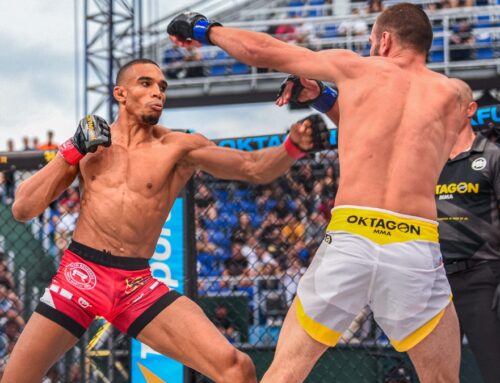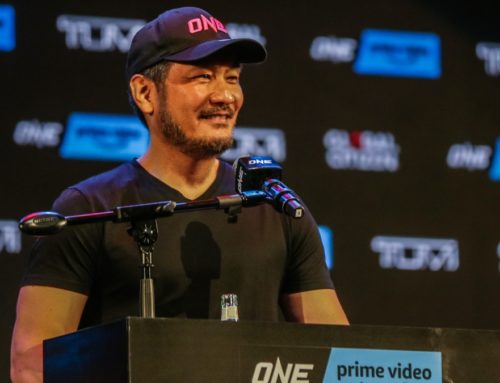Months of mental training prepare a fighter for battle. When the round begins it is do or die as they take devastating hits again and again. They pull through, eager to taste victory and not caring for the pain. There is only one thing that can slow them down in the fever pitch of combat. It is not fatigue and it is not fear; it is a hard hit to the nuts.
In modern MMA, a fighter is given a chance to breathe and take a quick break if the referee spots such a low blow. The fighters make sure they notice too and the change of expression is complete with the signature cupping of the groin in agony. For all the pain of a leg kick or hard right hook, nothing can compare to this even when wearing a guard. Modern fighters have it good now that groin shots are illegal. At UFC 4 Joe Son wished the rule change could have come a little earlier.
Keith Hackney was his opponent in December of 1994. Son dominated the match, out-wrestling Hackney and looking to choke him out with a guillotine. As he forced Hackney to the floor, after over a minute of controlling the neck, Joe Son left a vital area exposed. Every fan in the arena must have winced as Hackney without restraint punched Son in the groin over and over into submission. Unorthodox, ungentlemanly, but very effective.
In modern MMA, low blows are still frequent but usually much less deliberate. In a fight anything can happen and both fighters are constantly moving, meaning a strike often lands where it wasn’t intended to. In the clinch, while firing knees to the midsection, it is not uncommon to see one land on the not-so-sweet spot.
As Joe Rogan pointed out at UFC 92 during Mustapha Al-Turk’s fight against Cheick Kongo, such incidents are unavoidable “You cant always gauge exactly where your opponent’s going to be, especially in the clinch.”
Mike Goldberg however was a little more cynical as Kongo repayed the favour for Al-Turks first low blow; “So it’s one – one.” Kongo received some leniency from referee Steve Mazzagatti, who simply remarked “I hope that was accidental.”
Kongo is not adverse to landing a few illegal shots as he showed fight against Mirko Cro Cop, where Kongo looked to castrate CroCop with numerous low blows. Cro Cop was again punished by Alastair Overeem in one of the most famous groin striking incidents in MMA. At a DREAM contest Overeem made eyes water all around as he repeatedly devastated Cro Cop. Eventually the bout was ruled a no-contest as the Croatian could not continue.
It left him keen for revenge: “I accept what happened at DREAM 6. A disqualification win would have meant nothing. I do not need such a victory. But next time he better not hit me close to my genitals. If he tries it again, I will pay him back with the same measure. And I’ll do it deliberately, with no hesitation.
“Mixed martial arts is a brutal sport, but there are certain rules that should be respected. I’ve respected them my whole career, as have my opponents. I’m not going to cry over spilled milk. I will have my revenge.”
Low blows cost fighters not just in terms of pain but in ruined reputations, disqualifications and the derailing of heavily anticipated bouts. Many questions are inevitably asked when a fighter wins a bout after delivering a low blow to their opponent; the effects of a shot do not wear off after a few seconds rest. The damage continues and the fighter’s mentality can be affected.
Last year several fights ended in a disqualification for a fighter due to illegal strikes. Krzysztof Sosynski fell victim to Alex Andrade’s illegal strikes and won by a disqualification, Daiju Takese was disqualified against Terry Martin with a football like kick straight up, lifting Martin off his feet. These fights hurt everybody, including the money paying fans and especially when the strikes look overtly intentional.
Overall MMA fighters are well trained and full of respect for fellow fighters. Deliberate low blows are few and far between and accidental ones are a part of the sport. A television show recently showed that a straight knee from a Thai boxer packed as much power as a small car. When that power is diverted south of the border it makes for painful viewing, not to mention the pain of the recipient.
It is part and parcel of combat sports and when accidental, part of the visceral viewing experience. Just as we rise for a knock out, wince at a leg kick or tense in anticipation of a slam, we cross our legs and grab our privates every time we witness a low blow.
Kieran Bamford






